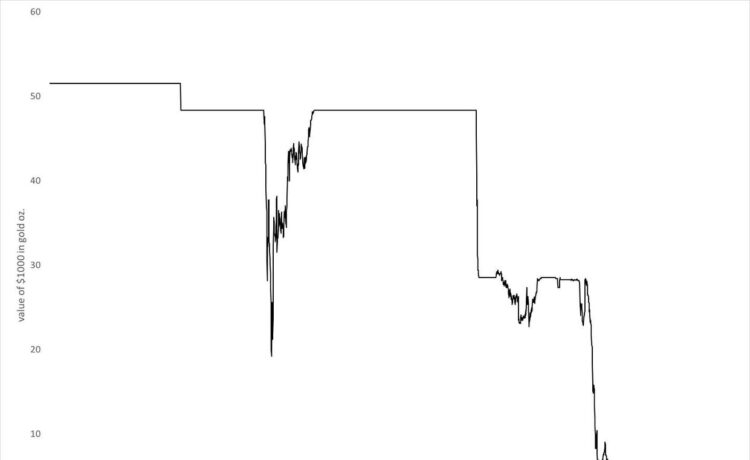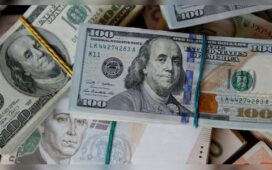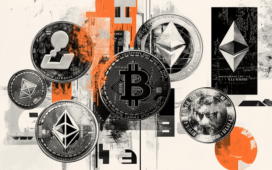Today, we are seeing a lot of the institutions and bad ideas of the Post World War II Consensus breaking down and collapsing. Among these is the rather stupid notion that economies should be managed by some combination of currency and interest rate manipulation, and “fiscal stimulus” spending that amounts to utter waste, for the simple reason that it has no justification except as “stimulus.” These are the conclusions of “Keynesianism,” which has been taught in all universities since the 1940s.
Note how this is completely opposed to what I’ve called the Magic Formula: Low Taxes, and Stable Money. This is the Formula that enabled the United States to become the wealthiest country in the world, and the same Formula that enabled Japan or China to achieve similar results more recently. If the US sadly deviates from this Formula today, nevertheless taxes are Lower, and the currency is more Stable, in the US than in most any other developed country today.
Value of $1000 in ounces of gold, 1790-2017.
We see that it takes more and more dollars to buy an ounce of gold; and also, more and more euros or yen. This is probably a reflection of a declining value of the dollar, euro and yen themselves, rather than any change in gold. The average price of a hamburger in New York City, in 1950, was $0.10. Today, it is a lot more than that — and still rising, at a rate that is quite unpleasant to anyone who gets hungry in Manhattan. Is there some shortage of hamburgers? Or maybe too many people have a job? (Economists keep telling us that the solution to “inflation” is more unemployment.) No, the reason that hamburgers cost a lot more now is because the dollar lost value during that time — somewhat like the Turkish lira has also lost value over the past 20 years, producing terrible chronic inflation in Turkey. Not as bad, but basically the same thing.
Already certain measures of “inflation” are ticking up, and already economists are getting ready to tell us again that too many people are going to work and making a living. This is stupid — which is why we had to write a book about “Inflation.” (Get the new paperback edition, with a new preface.)
This is not how we used to do things. For most of United States history, we embraced the principle of Stable Money — money that is stable in value. This was exemplified by one of the first Acts of the new Congress, the Coinage Act of 1792. In that Act, it said:
SEC. 19. And be it further enacted, That if any of the gold or silver coins which shall be struck or coined at the said Mint shall be debased or made worse as to the proportion of fine gold or fine silver therein contained, or shall be of less weight or value … every such officer or person who shall commit any or either of the said offences, shall be deemed guilty of felony, and shall suffer death.
If you messed with the value of the Dollar, expressed in terms of gold and silver, you got hanged.
But today, the value of the dollar goes up and down every day, and mostly down in the longer term. Various representatives of the Federal Reserve bloviate in public about how it is not really their fault.
The original principle of 1792, Stable Money, actually became a cornerstone of US policy for the next 179 years — until the Gold Standard was effectively ended on August 15, 1971. The United States, just like all decent countries had done for centuries previous, maintained a stable value for their currency by fixing its value to gold and silver, and then, by 1900, to gold alone.
In practice, there have always been only two alternatives for currencies: have some kind of floating currency, or fix its value to some external benchmark. Today, more than half of all countries fix the value of their currencies to an external benchmark, most commonly the dollar or euro. Sometimes they are not as successful in this as we would like (their central bankers are as dumb as ours), but nevertheless, that is their policy.
This works for smaller countries, but obviously the United States is not going to fix the value of the dollar to the euro or the Mexican peso. The only “external benchmark” of practical use is gold — just as an assembly of nations memorably decided at the Bretton Woods conference in 1944.
Jim Grant, one of our best financial historians, has memorably called this “the Gold Standard and the PhD standard.”
The United States did not always stick to its Stable Money principles. There was a major episode of floating-currency disorder during the Civil War, and a number of other more minor incidents. But, as long as the United States stuck to the principle of keeping the value of the currency Stable, there was never a problem with “inflation.”
They made it all the way to 1950, with a hamburger that still cost $0.10 — probably not much different than in 1850.
I think that Americans will get tired, pretty soon, of ever-increasing prices accompanied by ever-increasing blame-avoidance by the economic high priests of the Federal Reserve or Treasury Department.
But simply being dissatisfied doesn’t amount to much. You need a solution. There is only one solution that has always worked: fixing the value of a currency to gold.
Our noble forefathers consented to hang anyone who messed with the currency. Maybe we don’t have to go that far today, but it is a nice idea don’t you think?





